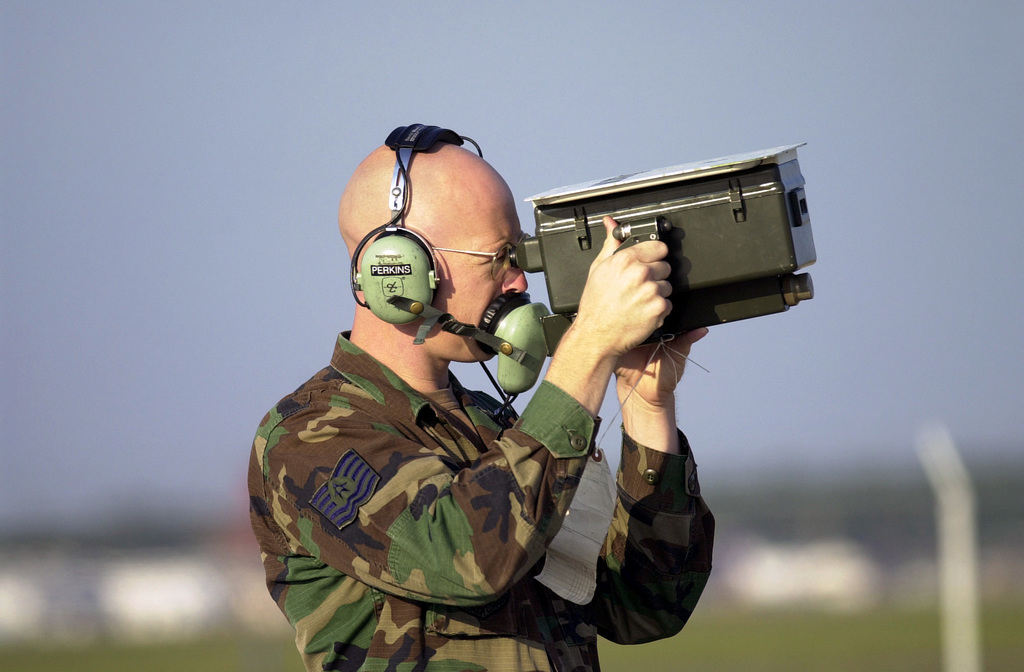The magic in your Access Card
"RFID logo" by Christiaan Colen | under CC 2.0
RFID Technology
The popular applications of electromagnetic induction like dc generators, induction motors overshadow RFID technology. Now, you probably studied about the mentioned applications somewhere. Yes, you use them fairly often in your routine and they have good reason to be popular. But so does RFID.
If you are an employee and you swipe that card to go into your office everyday, or if you are travelling and the toll is automatically deducted from your account, or ... (you get the idea)
Have you wondered how these work?
That's right, the answer is RFID Technology.
What is RFID?
RFID stands for Radio Frequency Identification. From the above applications we can easily deduce that it's a technology that provides us identification and verification of some sort. For identification it is necessary to establish communication and a mechanism for checking the uniqueness of the item. RFID tags can also be used for tracking. To establish this communication we need a few basic components, which brings us to,
Components of a basic RFID system
Any basic communication system includes an antenna, a receiver and a communication protocol between them. The antennas will be present in the "tag" (which is on the item) and the "reader" (captures information from the tag). The communication between them is established by electromagnetic induction. There is a simple process for this. The tag has an antenna and an electric chip which must be powered in order for this to work. The reader's antenna is connected to a power source which causes a magnetic field around it. When the tag and receiver are brought together there will be current induced in the antenna of the tag. This provides the necessary power to the chip.
The powered chip can now communicate with the receiver by load manipulation. Based on the off and on time of the circuit, the power consumption will vary. With this difference data can be transferred back to the receiver. The data received can be further used to program the receiver end to perform appropriate tasks.
For a complex range of applications and extended functionality the tag and reader are usually programmed by using Arduino (An IoT device), which is basically a micro-computer on a chip. Based on the programming, frequency and various other parameters, RFID technology can be customized to suit various applications.
Origin
Turns out RFID or its earlier versions were used in World War II to communicate between Germany and its allies. It was used to identify whether the aircrafts were friendly or not.
(The above picture’s license is retired or something, I’m not sure of the complications for this but I just wanted to add it for some spice)
Applications of RFID Technology
Counting sheep (Tracking Livestock)
In case you are a farmworker and have trouble identifying or counting your cows, you can switch to RFID to make your job easier. Now the above statement looks like a joke, unless you probably actually work in a farm. The livestock is usually tagged by their ear. So having a proper scanner or reader at the gate allows you to scan the tag when the animals pass through the gate. Depending on the back end, this could help in tracking, counting, updating information about their health or report missing animals.
Smart Library
You know you're in for a treat when you can add smart in front of everything. Smart phone, library, you. The process of check in and check out of books is made much easier by this technology. If the books and your access card are tagged then, using software the database can be automatically updated with information. This information could include your time in the library, the books you borrowed and the ones you returned (or didn't). Keeping track of all this would be much tiresome if the process was manual. So by prefixing library with smart and sprinkling a little RFID, you get a convenient automated process.
There are some additional features to this like, keeping track of the stock of books available in the library, easy search of the book you're looking for and sorting or arranging of books based on their id.
Catching Thieves (Anti Theft System)
When you try to borrow (steal) books without checking in with the system, RFID plays police by issuing an alert. This is also applicable when you try to take groceries or clothes without paying for them. If the items are tagged and the door to escape is fitted with a reader, the RFID magic takes place and we're catching the thieves.
Smart Ticketing System
You can never have enough of smart things. Having a subway or metro access card if you're a frequent user, you would know that this process has become automated too. One swipe and you're allowed or denied entry. One swipe and your information is being processed, increasing the scope of safety and convenience. Using that card, information in your account can be viewed or updated, to check your balance, the metros taken, etc depending on the system.
Ok now, I'll stop singing praise of RFID. If you've reached here then I hope you took away some knowledge and maybe some fun. Reach out to us if you have a topic you'd like a blog on. Keep waiting for more content ;)
- The Deft Team
Author
O Soumya - Your neighborhood ideapot
Trusted Helper
K Vishwas - Your neighborhood pigeon


Amazing explanation of RFID technology... Keep going
ReplyDeleteThank you for the support!
DeleteInformative!
ReplyDeleteIt went smooth..
ReplyDeleteThanks!
DeleteAmazing 👍 keep writing things like these
ReplyDeleteThank you and sure!
DeleteVery Informative!
ReplyDeleteNice Work
Keep Going!!!
Thank you so much!
DeleteThis is awesome, well done
ReplyDeleteThank you for the support!
DeleteU are best as always ❤️ they should read this I am sure they will be so happy 😊 saranghae Sowmya 💕 fighting 💪
ReplyDeleteAww thank you so much <3
Delete